6. South Park: Bigger, Longer, and Uncut
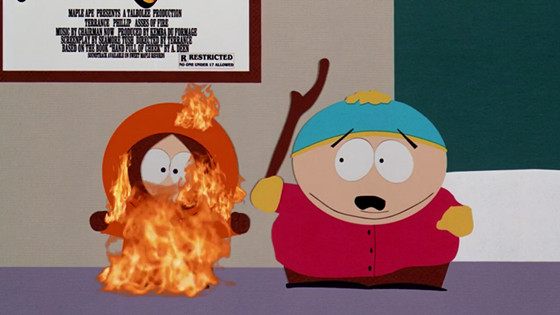
Nearly twenty years in, the rough-and-tumble outlaw that rode into animation town in 1997 and severely wounded sheriff Simpson has taken up the reigns of ownership, sticking its boots onto just about every supply train for miles and asking that all newcomers pay homage to its dynasty.
Success breeds complacency, of course, and complacency breeds desperation, and South Park long ago gave in to comedic desperation by curtailing its more whimsical impulses for episodes that feel reigned-in and balanced by the need to always address our reality.
The fanciful impulse-driven humor of the original show, when an episode could be based around anything that crossed Trey Parker and Matt Stone’s mind, and not simply whatever social issue is on the minds of the public that week, is long gone, and the show is less special, and less personal, as a result.
In 1999 though, South Park was still the youthful underdog on the playground, the new kid on the block, and with South Park: Bigger, Longer, and Uncut, the kid was pulling out all the stops to prove its mettle to the other children. Like many of the best television adaptations, South Park at the cinema not only recreates South Park of the small screen, but it transmutes and re-envisions the show for a cinematic medium.
Thus, South Park: Bigger, Longer, and Uncut is a dastardly desecration of the then-ubiquitous Disney animation kingdom and a simultaneous poison pen paean to movie musicals throughout history that not only mocks some of the broad-based convictions of the genre but incisively recreates and undercuts such weary traditions.
Every style goes in the kiln to be burned and charred: the communal narrative-song (“Mountain Town”), the jaunty edutainment ditty (“It’s Easy, MMMKay”), the war-making anthem (“Blame Canada”), and the “characters in crisis/ problem solving number” (the abrasively arbitrary “What Would Brian Boitano Do?”). As overbearing as the film can occasionally be, its studied satire of cinema history is luxuriantly warped and entirely spot-on.
7. The Addams Family Values
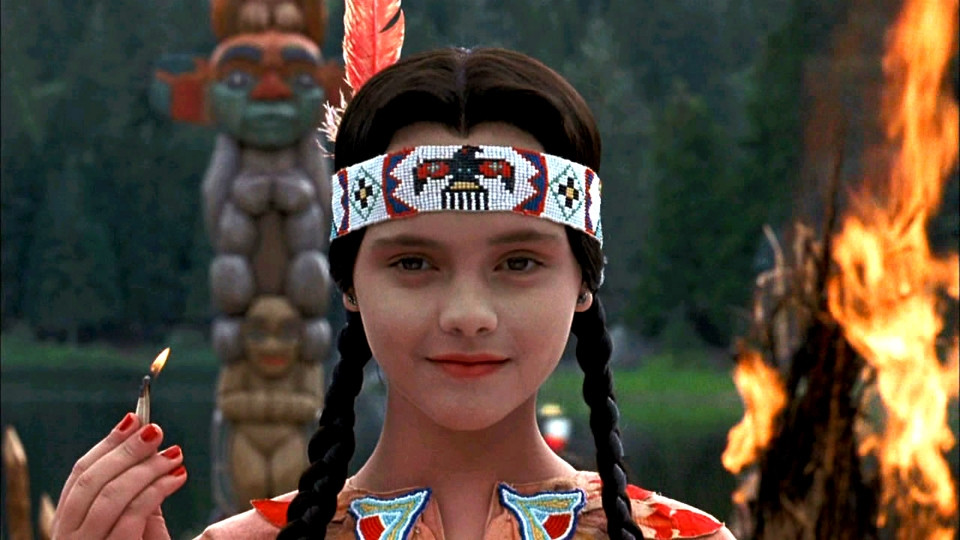
You can say all you want about Barry Sonnenfeld’s downright conspiratorial resurrection of Charles Addams’ cunning slices of comic kidney damage to the modern aristocracy and bourgeoisie, but the true radicalism of The Addams Family Values is in wielding legitimate mise en scene for comedic purposes.
With comedies of the modern era stripped almost to the bone of visual style at all, the maximalist Sonnenfeld style of gloriously gruesome production design ( by Ken Adam) seems downright verboten, if not completely satanic, in the modern age.
The Addams Family Values boasts many of the devilishly discombobulated charms of its predecessor, but it validates the titular family as an emotional unit with greater dexterity than the original did (a film that, while amusing, often used the family as nothing more than the butt of its warped jokes). Yet if Values has more warmth in its heart, that doesn’t make it any less proud that the color of its heart is coal black.
By further pushing the titular monstrosities of modern economic seclusion into the heart of the supposed normal American bourgeoisie ( primarily through one of the beacons of saccharine Americana: the summer camp), Sonnenfeld ratchets up the discomfort and throttles us further down into the dripping maw of the world of gallows screwball comedy.
The Addams comic strips were lithe, laconic little ditties short on words and strong on visual wit, and Sonnenfeld’s film understands that the mantra of “show, not tell” can apply to comedic as well as serious cinema.
The film has its flaws, but in opening the crypt of classical American comedy – the screwballs of the ’30s when visual dexterity reigned supreme for comic momentum – The Addams Family Values is essential cinema nonetheless. Raul Julia and Angelica Huston having the time of their life as the platonic ideal of fire and ice locked in a love embrace? That’s merely the icing on the cake.
8. Star Trek II: The Wrath of Khan
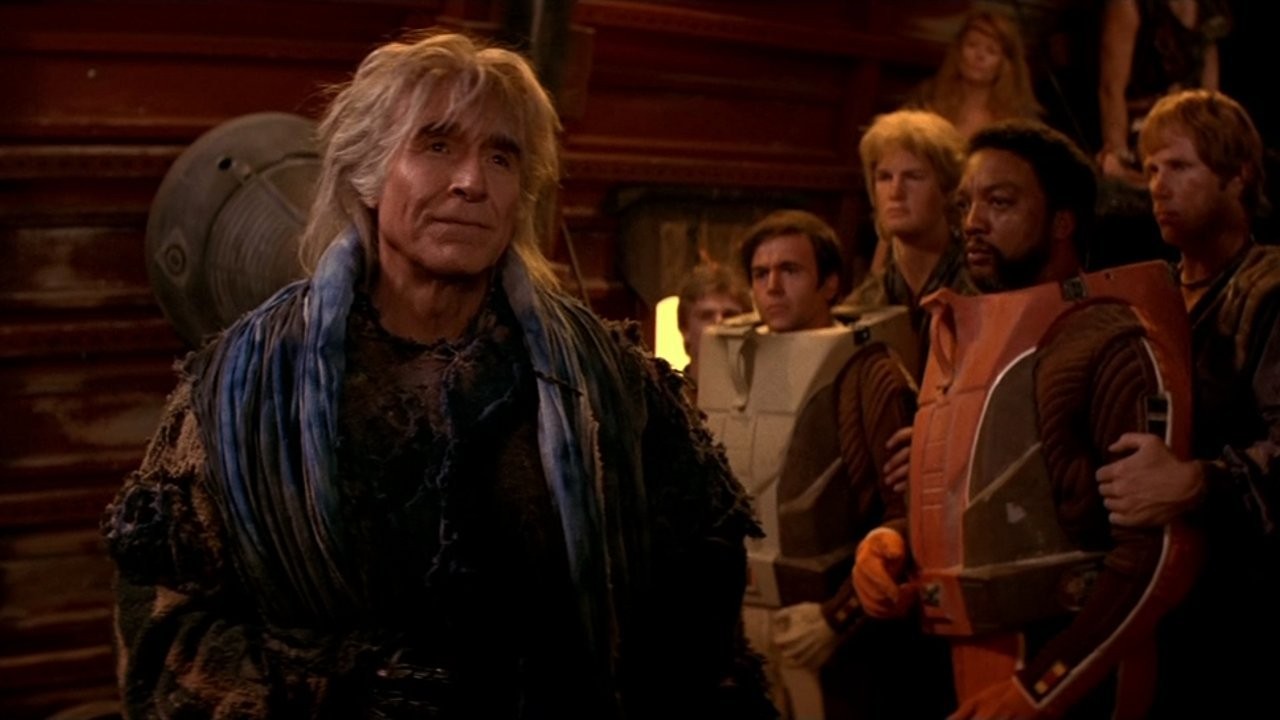
The big screen debut of the venerable Star Trek franchise was the Star Trek: The Motion Picture in name only, but that maladjusted Frankensteininian monstrosity of juvenile mid-century pop-fiction and obtuse, lost-in-orbit post-Kubrickian phantasmagoria was about as discombobulated a motion picture as you could imagine. It was not Star Trek, but an ugly stepchild of Star Wars forced into an edge-of-divorce domestic relationship with the avant-garde pure cinema experimentalism of 2001: A Space Odyssey.
The Wrath of Khan, however, commandeered and boldly went … many places the series had gone before, but regression in this case was a refreshing palette cleanser after the wild child misfire of The Motion Picture.
It doesn’t hurt that Wrath of Khan is a mechanically perfect motion picture with set pieces that borrow and enhance editing mechanics from paranoid Cold War submarine thrillers and a narrative that wisely eschews the wacky structural shenanigans of the first film for a mercilessly taut cat-and-mouse game between the USS Enterprise and an enemy warship piloted by the radical but empathetic Khan, one of humanity’s many dejected, forlorn throw aways.
By stripping cinematic history for parts – and stripping the screenplay down to the rawest of cinematic girders – The Wrath of Khan reclaims the animalistic tension of the best original Star Trek episodes.
But if this film re-centers Star Trek down to its core, it also lifts up the series by placing it in context, deliberately and melancholically addressing the unstated antagonist of so many classic Star Trek episodes: time. Age and aging are looming specters throughout the film, and the weary, lived-in crew is casually contrasted with the brusque fire of the same figures in their youth.
Kirk, in particular, has both softened with age and curdled – his famed “Khan” is delivered with not one ounce of Shatneresque ham, so as to make room for the brutish pangs of cruelty and single-minded rage that encircle the delivery instead. Just like the film itself, there’s no fat to this performance, nor to the quietly heartbreaking scene where Kirk and Spock confront the fact that all the time travel in the world can’t save them from the frailty of their aching mortal coils.
9. In the Loop
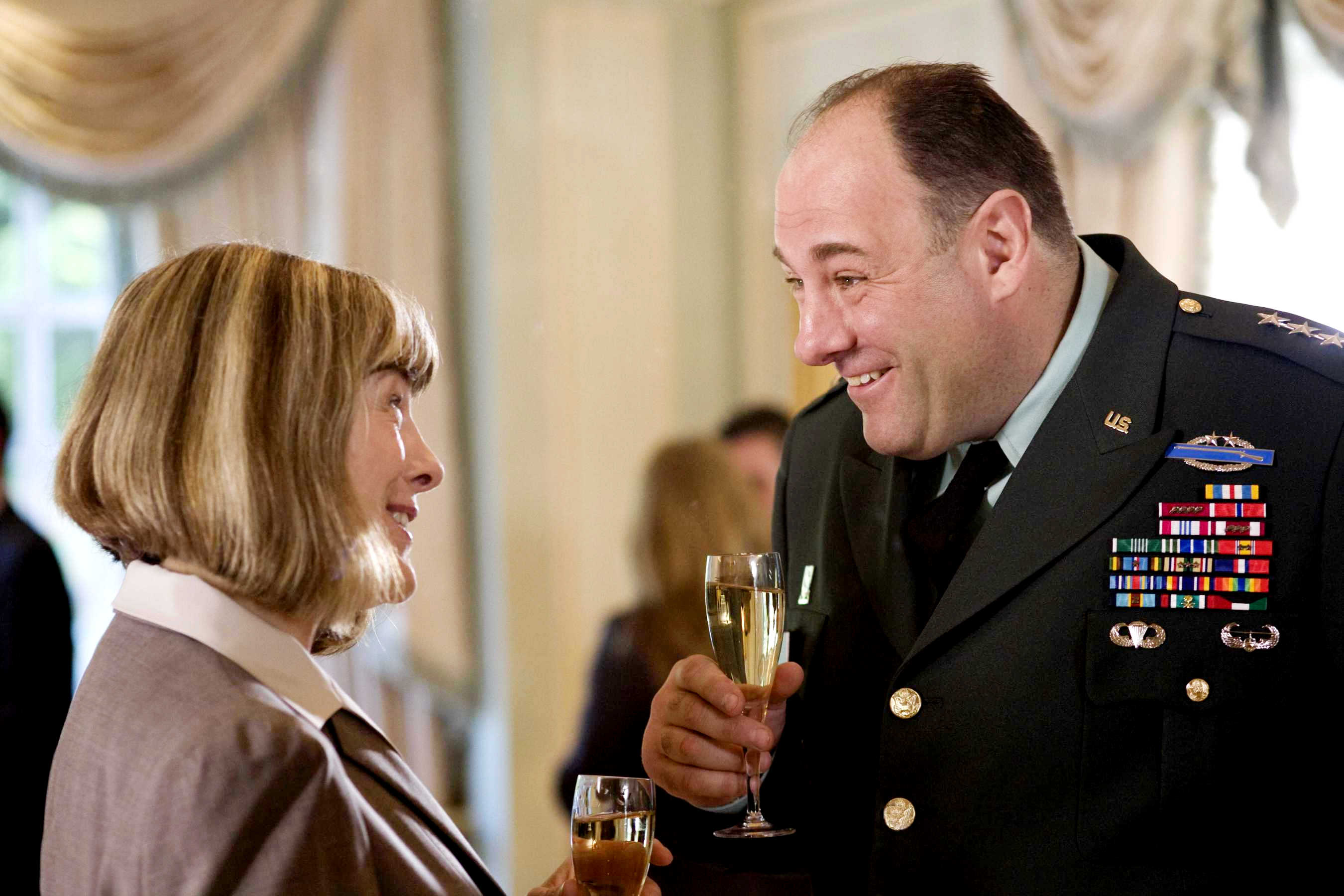
One of the more recent and inspired television adaptations on the list, this merciless adaptation of the dynamically abrasive BBC comedy The Thick of It boils the barbaric verbal brutality of the show down to its most ruthless core for just about the most thoroughly nihilistic comedy of the modern millennium.
Peter Capaldi remains a ragged maelstrom of a man capable of attaching himself to any word like a lecherous adjective and swallowing it whole, warping it to his own embittered, venomous meaning in the process. But although Capaldi’s tectonic jowls steal the film – as he stole the show – In the Loop is a true ensemble effort, with a balanced, choking, almost noirish sense of overflowing cynicism and manic contrariwise hyperbolics stewing from every mouth in the cast and every pen in the room.
Little touches of mirthless genius abound. Political rigor mortis sets in early when a British politician accidentally poses that war is “unforeseeable”, and although the film follows the ensuing fallout of this comment on both sides of the pond, it cheekily and cunningly fails to ever coerce any actor to claim what said politician should have said in the first place.
No one knows in fact, and no one cares; they were just sharks waiting to jump on a powder keg with a short fuse, and the sheer absurd arbitrariness of the film – the sense that so much verbal blood is spilled over no particular end goal – is a crushing blow to democracy as it exists in the modern world.
Dialogue is well and good, but pay careful attention to director (also co-writer) Armando Iannucci’s subtly bellicose visual framing that warps the faux-documentary style of televised and filmed comedy to both enhance the realism of the piece and to non-chalantly question the existence of said realism altogether. The implication isn’t so much that we are watching a ceramic Hollywood pageant, nor on-the-ground cinéma vérité politics, but both simultaneously.
The impossible frailty of the chaotically empty buildings around the political quarrels captures the essence of a bunch of laddish prima donna would-be celebrities trying to put on their most actorly public faces while rotting from the inside-out in the process, just like the buildings they inhabit.
10. Twin Peaks: Fire Walk With Me
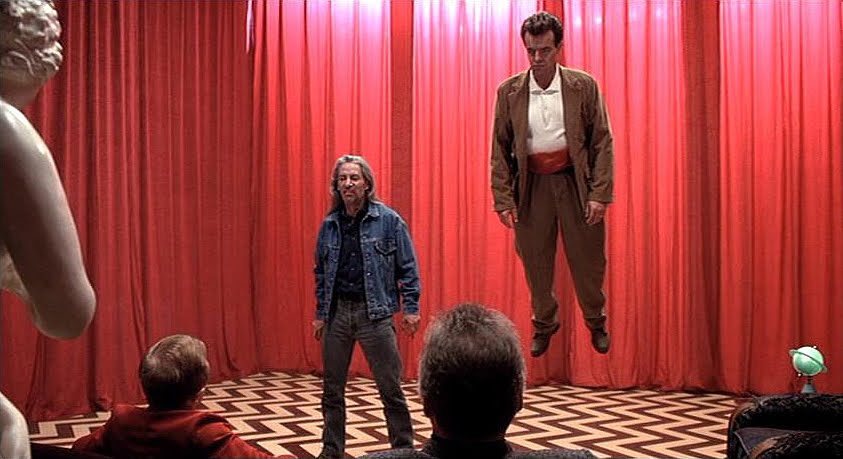
Misunderstood upon its initial release (much like the show that spawned it), Twin Peaks: Fire Walk With Me finds the greatest film director to ever script and direct a full length television series complete the ouroboros loop and return that television show to the big screen to fanatically messy but transfixingly watchable results.
It is unbelievably flawed – Twin Peaks, for one, was always a show about American television soap operas and sitcoms, and transitioning it to cinema feels slightly less radical than forcing that critique of television into the television realm itself. Befuddled, contorted autocritique from within is almost categorically more compelling and jagged than critique from without, and thus Fire Walk With Me will never rise to the demonic heights of Twin Peaks.
The same failures, however, also afford Fire Walk With Me a vexing fascination. After all, the high-gloss haze and trippy dream logic of Twin Peaks still latched its icy hands onto the television world around 1990, when the show originally aired. But that sort of barbarically over-blown innocence and melodrama hadn’t been seen in the cinema since the days of Nicholas Ray and Douglas Sirk in the 1950s and 1960s.
Lynch’s pet project, or utilizing that melodramatic style of cinema as an unconscious dream and warping it into an uncomfortable unconscious nightmare, was more cataclysmically weird on television, sure, but it was plenty oddball in cinema all the same.
Anyway, Fire Walk With Me can be appreciated, irrespective of its televised origins, as a phantasmagoric collision course of crimson cinematography by Ron Garcia, blunt anti-continuity editing by Marc Sweeney, and rampaging production design by Patricia Norris.
As pure cinema, Fire is a barn-burner, bellicose and brilliant and bruised, yet it always feels incomplete and furtive, as though the opaque red curtains hide clandestine secrets about America’s past and America’s fiction still. Fire Walk With Me doesn’t necessarily conclude those secrets or end the book on American fiction, or even raise questions as dogmatically as its televised counterpart did, but it sure does get points for going there.